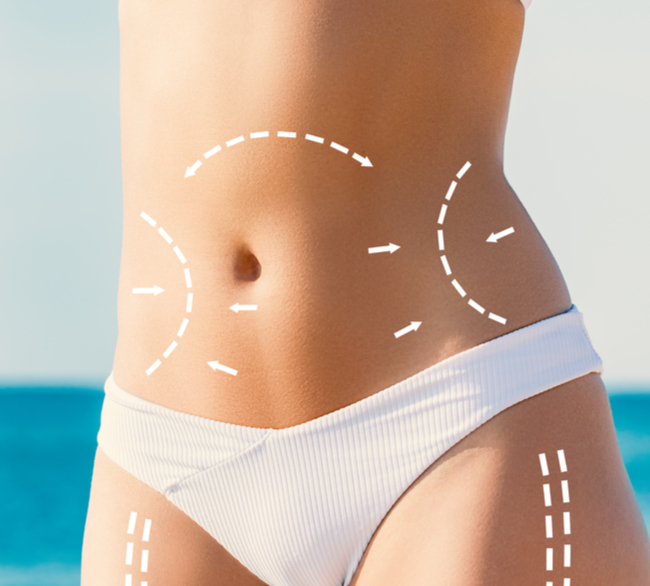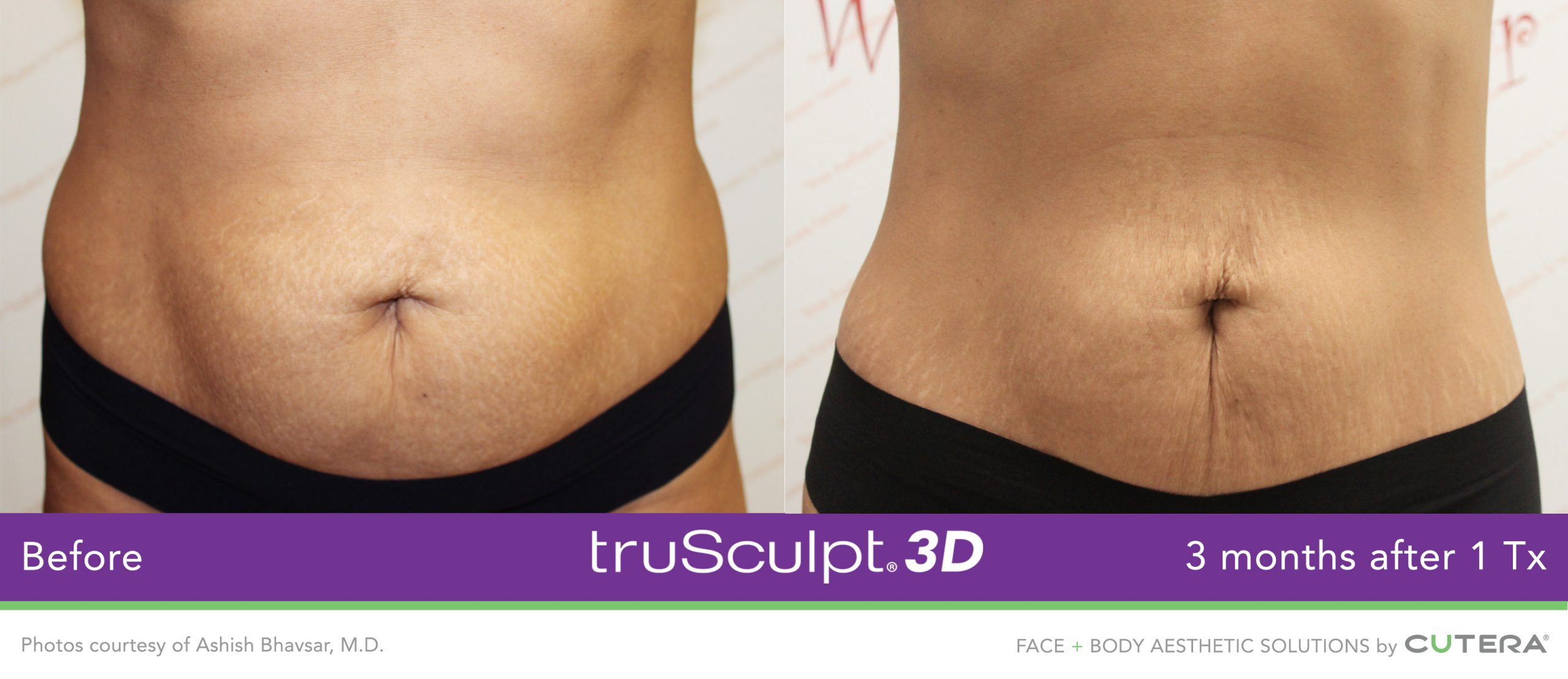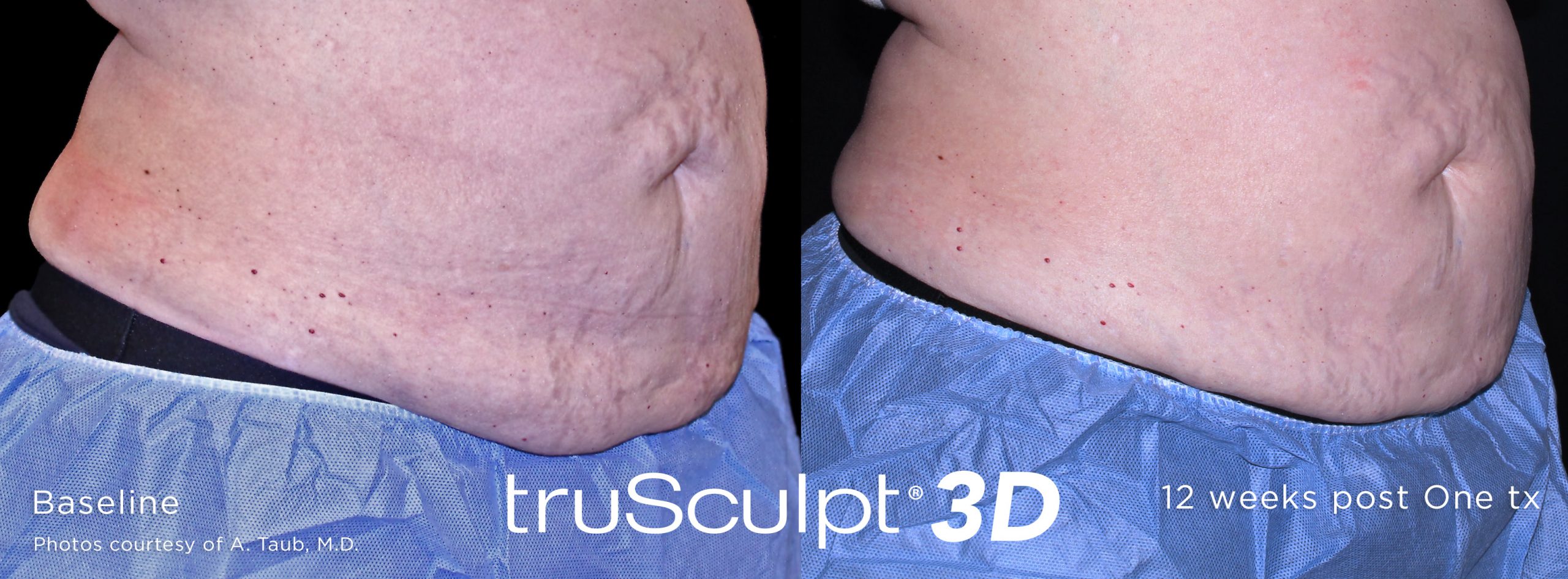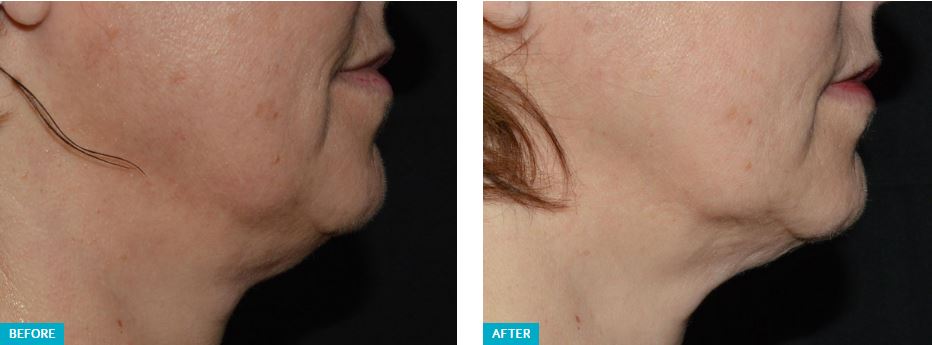WEIGHT LOSS
Tightening Loose Skin After Losing Weight
Losing a lot of weight is an impressive accomplishment that significantly reduces your disease risk.
However, people who achieve major weight loss are often left with a lot of loose skin, which may negatively affect appearance and quality of life.
This article takes a look at what causes loose skin after weight loss. It also provides information on natural and medical solutions that can help tighten and get rid of loose skin.
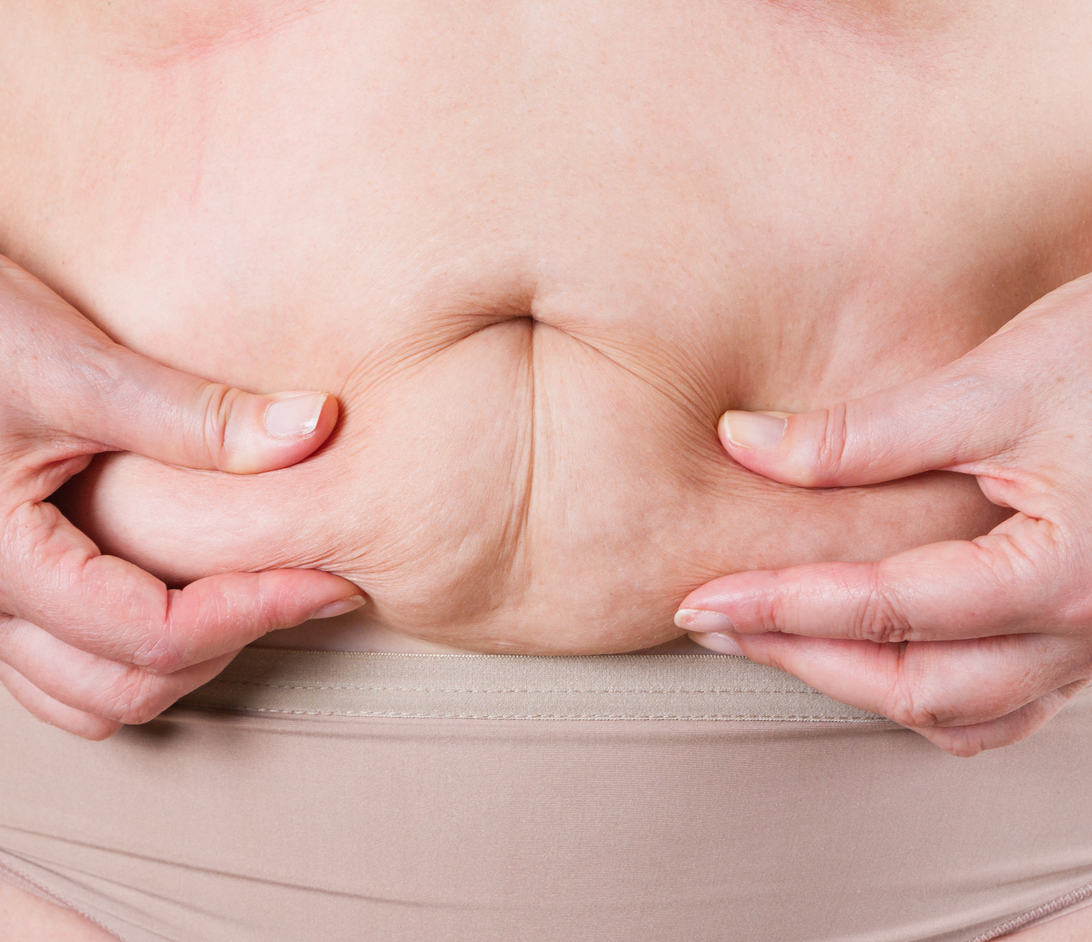
What Causes Loose Skin After Weight Loss?
The skin is the largest organ in your body and forms a protective barrier against the environment.
The innermost layer of your skin consists of proteins, including collagen and elastin. Collagen, which makes up 80% of your skin’s structure, provides firmness and strength. Elastin provides elasticity and helps your skin stay tight.
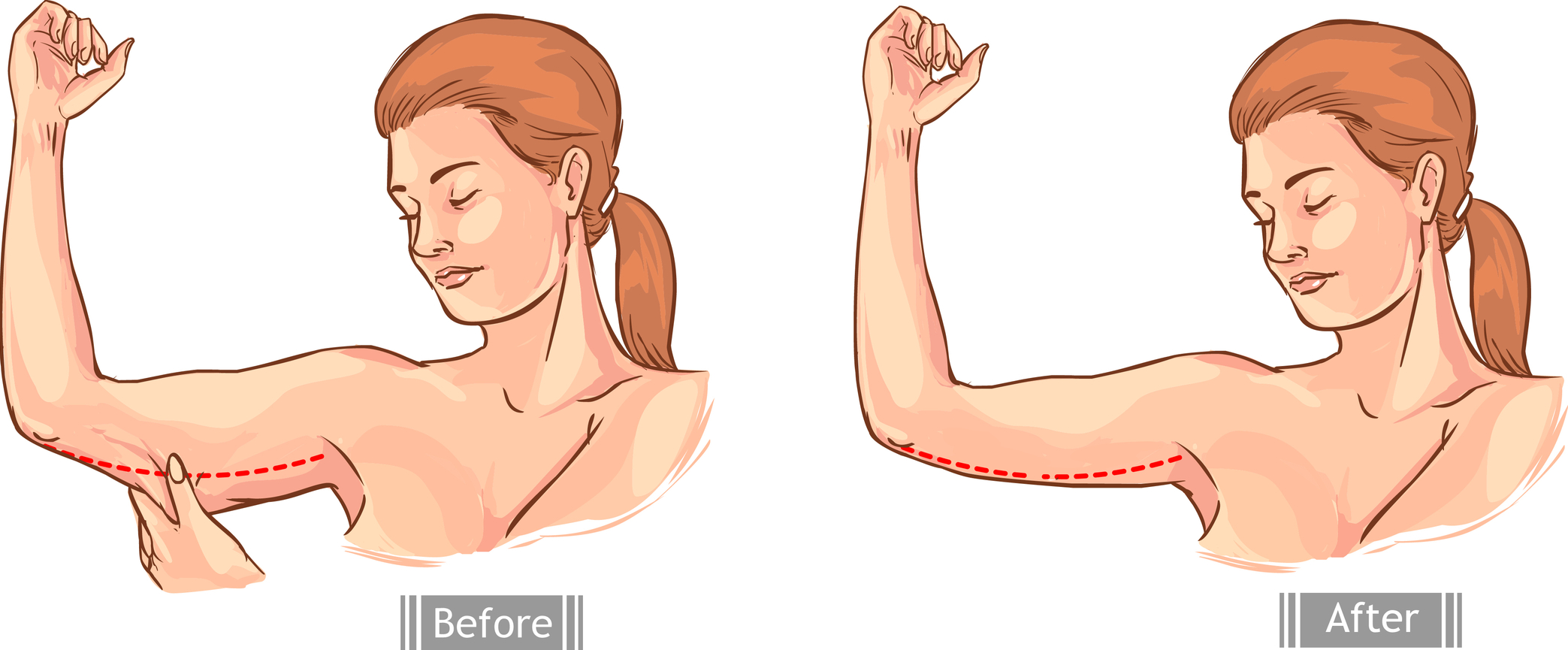
During weight gain, skin expands to make room for increased growth in the abdomen and other parts of the body. Pregnancy is one example of this expansion.
Skin expansion during pregnancy occurs over a few months’ time, and the expanded skin typically retracts within several months of the baby’s birth.
By contrast, most overweight and obese people carry extra weight for years, often beginning as early as childhood or adolescence.
When skin has been significantly stretched and remains that way for a long period of time, collagen and elastin fibers become damaged. As a result, they lose some of their ability to retract (1Trusted Source).
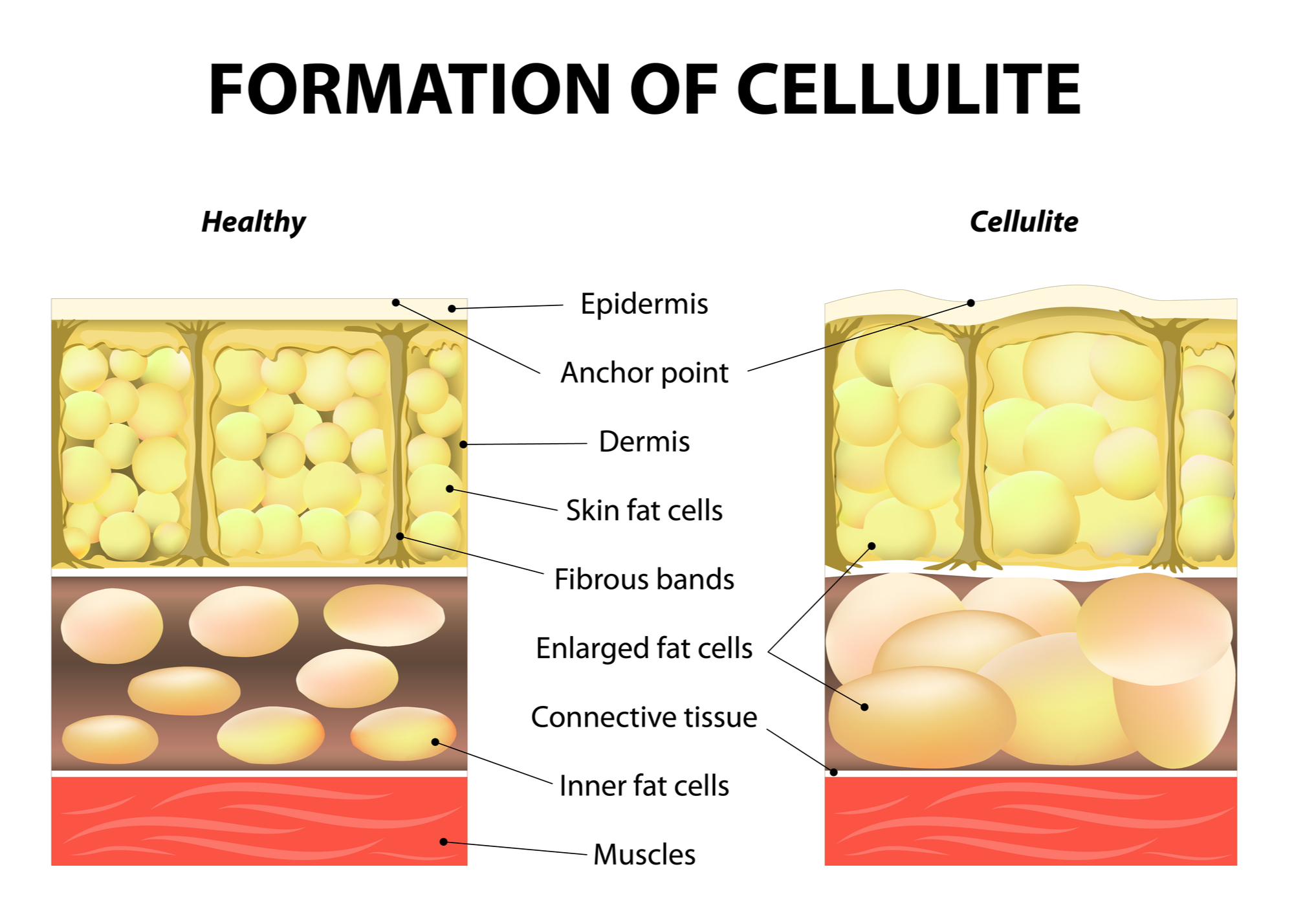
Consequently, when someone loses a lot of weight, excess skin hangs from the body. In general, the greater the weight loss, the more pronounced the loose skin effect.
What’s more, researchers report that patients who have weight loss surgery form less new collagen, and the composition is inferior compared with the collagen in young, healthy skin (2Trusted Source, 3Trusted Source, 4Trusted Source).
BOTTOM LINE: Skin stretched during significant weight gain often loses its ability to retract after weight loss due to damage to collagen, elastin and other components responsible for elasticity.
Factors That Influence the Loss of Skin Elasticity
Several factors contribute to loose skin following weight loss:
Length of time overweight: In general, the longer someone has been overweight or obese, the looser their skin will be after weight loss due to elastin and collagen loss.
Amount of weight lost: Weight loss of 100 pounds (46 kg) or more typically results in a greater amount of hanging skin than more modest weight loss.
- Age: Older skin has less collagen than younger skin and tends to be looser following weight loss (5Trusted Source).
- Genetics: Genes may affect how your skin responds to weight gain and loss.
- Sun exposure: Chronic sun exposure has been shown to reduce skin’s collagen and elastin production, which may contribute to loose skin (6Trusted Source, 7Trusted Source).
- Smoking: Smoking leads to a reduction in collagen production and damage to existing collagen, resulting in loose, sagging skin (8Trusted Source).
BOTTOM LINE: Several factors affect loss of skin elasticity during weight changes, including age, genetics and the length of time someone has carried excess weight.
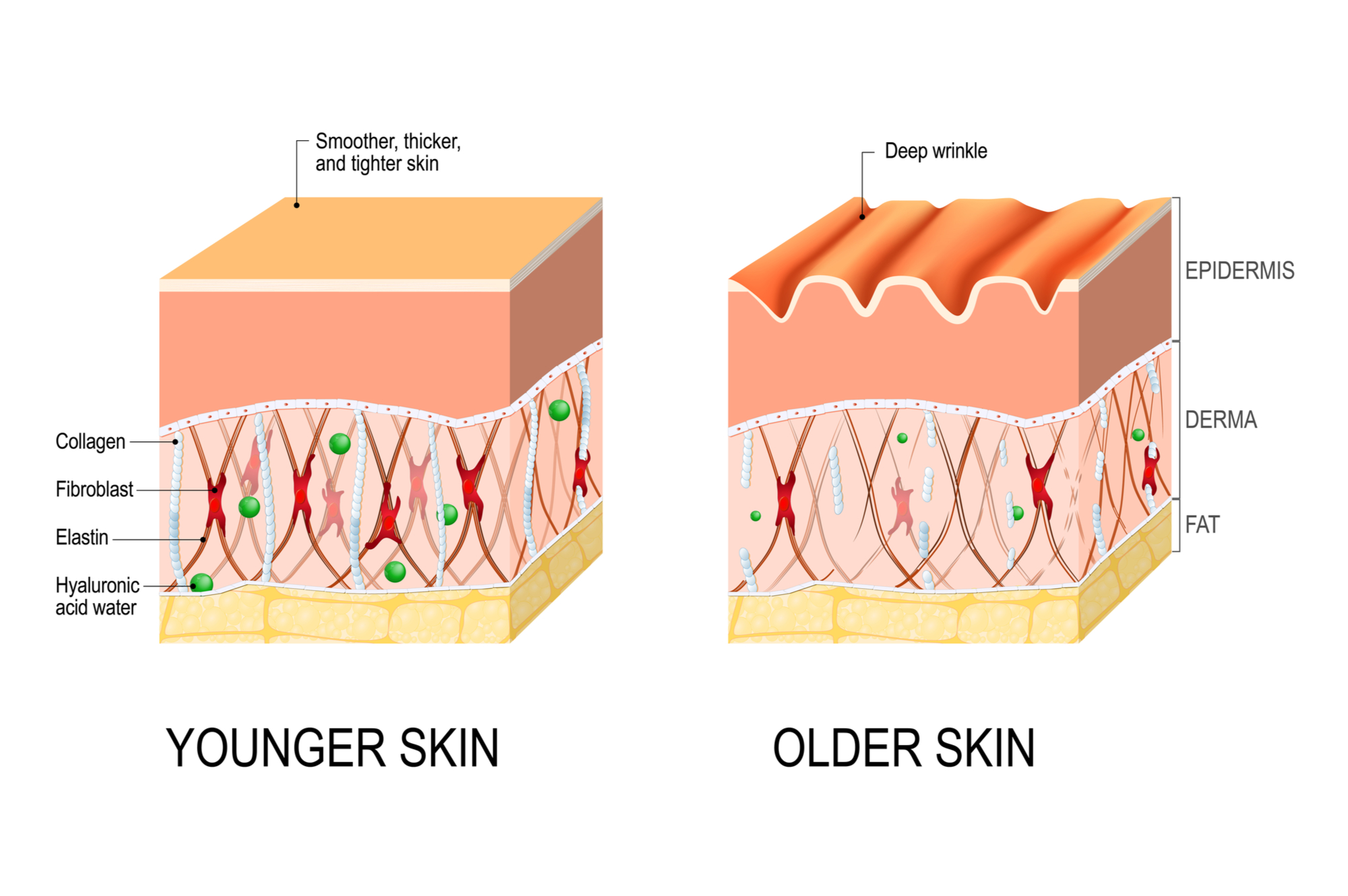
TREATMENT OPTIONS
Natural Remedies to Tighten Loose Skin
The following natural remedies may improve skin strength and elasticity to some degree in people who have lost small to moderate amounts of weight.
Perform Resistance Training
Engaging in regular strength-training exercise is one of the most effective ways to build muscle mass in both young and older adults (14Trusted Source, 15Trusted Source).
In addition to helping you burn more calories, an increase in muscle mass may also help improve the appearance of loose skin.
Take Collagen
Collagen hydrolysate is very similar to gelatin. It is a processed form of the collagen found in the connective tissue of animals.
Although it hasn’t been tested in people with loose skin related to major weight loss, studies suggest that collagen hydrolysate may have a protective effect on skin’s collagen (16Trusted Source, 17, 18Trusted Source).
In a controlled study, collagen strength increased significantly after four weeks of supplementation with collagen peptides, and this effect remained for the duration of the 12-week study (18Trusted Source).
Collagen hydrolysate is also known as hydrolyzed collagen. It comes in powdered form and can be purchased at natural food stores or online.
Another popular source of collagen is bone broth, which provides other health benefits as well.

Consume Certain Nutrients and Stay Hydrated
Certain nutrients are important for the production of collagen and other components of healthy skin:
Protein: Adequate protein is vital for healthy skin, and the amino acids lysine and proline play a direct role in collagen production.
Vitamin C: Vitamin C is needed for collagen synthesis and also helps protect skin from sun damage (19Trusted Source).
Omega-3 fatty acids: A small study found that the omega-3 fatty acids in fatty fish may help increase skin elasticity (20Trusted Source).
Water: Staying well hydrated may improve your skin’s appearance. One study found that women who increased their daily water intake had significant improvements in skin hydration and function (21Trusted Source).
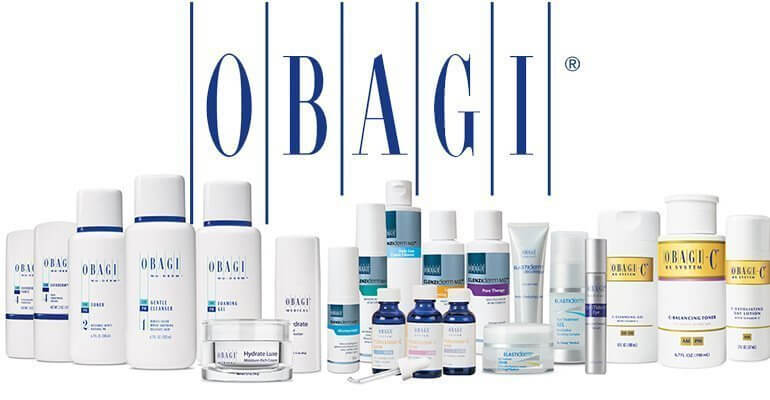
Use Firming Creams
Many “firming” creams contain collagen and elastin.
Although these creams may temporarily give a slight boost to skin tightness, collagen and elastin molecules are too large to be absorbed through your skin. In general, collagen must be created from the inside out.
BOTTOM LINE: Some natural remedies help tighten loose skin after pregnancy or small to moderate weight loss.
Laser tightening is non-invasive, non-surgical, and not very painful.
Other than slight discomfort from the heat produced by lasers during the procedure, tightening your skin is practically painless.
There are three major methods.
Even though there are literally hundreds of “brand name” laser treatments, they all fall under the umbrella of three major categories,: ultrasound, radiofrequency, and microneedling.
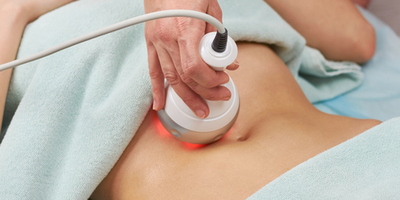
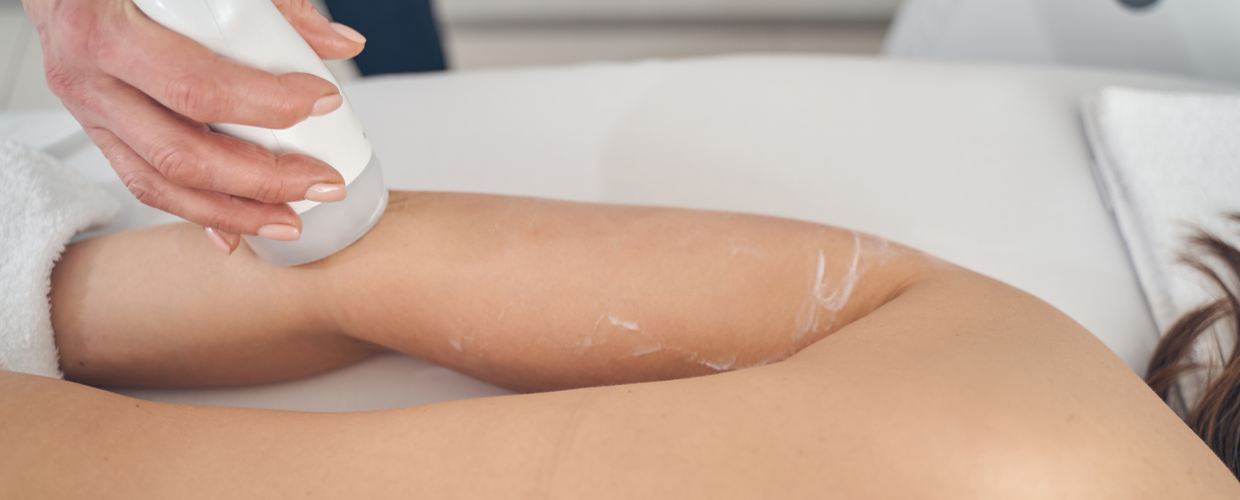
Ultrasound
Ultrasounds aren’t just for expectant mothers, apparently. Ultrasound laser treatments are extremely effective for those clients seeking a heavy-duty lift. “[The ultrasound method] focuses ultrasound energy to heat the skin at a deeper depth than the other modalities, so that you’re tightening and lifting from deeper under the skin,” says Zeiva. “The treatments are delivered by a handheld device that delivers ultrasound waves and usually you really can do just one or two treatments spaced apart—based on how much plasticity you have.”
During the procedure, your technician will use ultrasound technology to look at the deep layers of skin that they’re heating to ensure you’re getting lift exactly where you want it. Do it on your lunch break, because it only takes 45-90 minutes. Fair warning though, you’ll need to be patient: “You really start to see the best result from that after 3 months,” adds Zeiva. “You get an immediate lift, but it can take up to three months to see the best result.”
Radiofrequency
Radiofrequency also uses a handheld device to heat the skin for a tightening effect. “With radiofrequency, we heat the skin at a more superficial level to trigger collagen production. There’s really little to no downtime. As with ultrasound treatments, it can feel really hot—it’s like a hot stone massage. It’s also a gradual process, so while you can be in and out of the office in under an hour, you’ll need two to six treatments usually (depending on the size of the area you’re treating, delivered 7-10 days apart,” Zeiva explains.
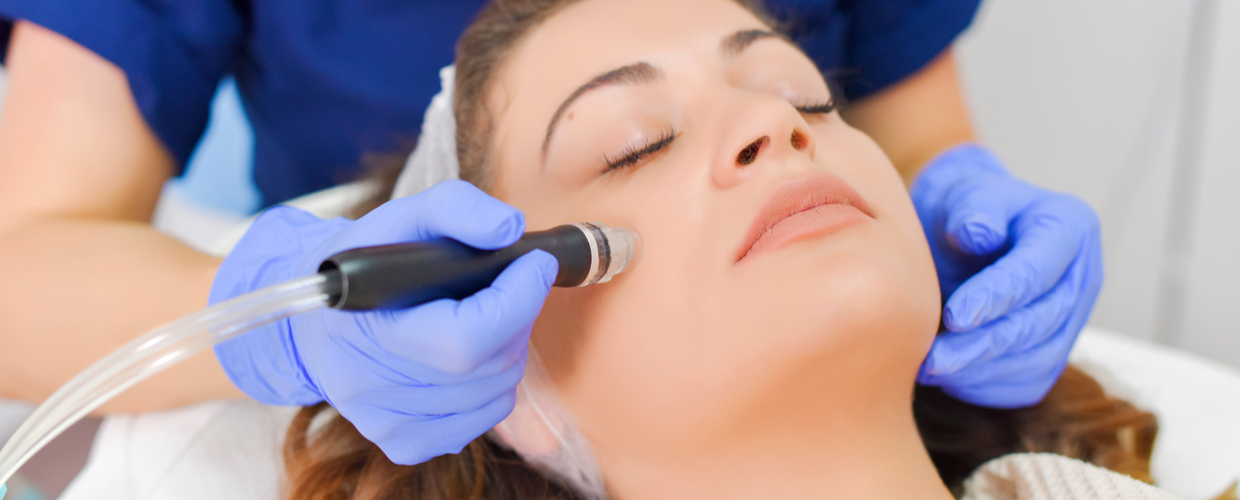
Zeiva says the radiofrequency microneedling tool is actually more comparable to a stamp. “It’s not your typical microneedling with the pen. It’s actually a motorized stamper with 37 gold plated needles,” she explains. “So you’re not destroying the epidermis and creating micro tears like with traditional microneedling rollers, you’re actually stamping the skin to create microscopic holes, that then—once the needles are in—emit radiofrequency to tighten the layers.” Like most laser treatments, radiofrquency microneedling is quickie, but the tradeoff is that you need multiple treatments. Zeiva says three to four sessions spaced four to six weeks apart usually does the trick.
Real Clients – Real Results
Daniella
★★★★★
“Great experience!! Zeiva is so knowledgeable. My daughter and I are definitely going back!!”
Dorothy
★★★★★
“Very professional! Just one treatment and I believe I already see an improvement!”
Helga
★★★★★
“I had the best experience here at this center. Very clean. Very professional. They went above and beyond, and I will definitely stay a long-time customer.”
Betsy
★★★★★
“I ❤ this place! Very professional and great prices. Excellent service!”
TREATMENT
We can help…
We’re here to help you achieve your desired look.
Choose from a variety of skin rejuvenation & body contouring procedures, along with corrective treatments for scars, unwanted hair, age spots and tattoos.
Our technically certified cosmetic estheticians will work with you to enhance your natural beauty.
Schedule a consultation today!
